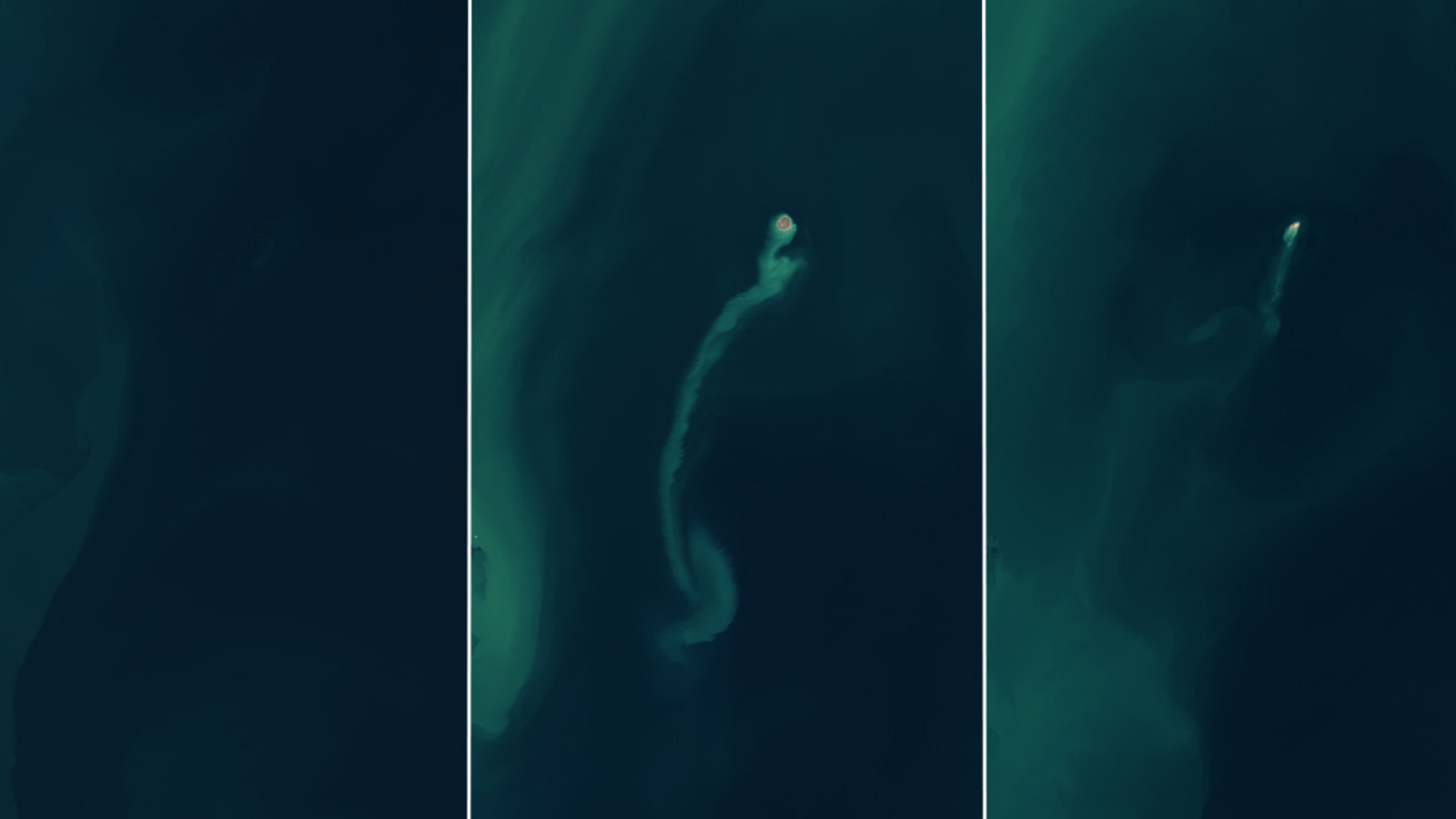Most Alaskan Glaciers Retreat and Thin

Most of Alaska's glaciers are retreating or thinning or both, a new book by the U.S. Geological Survey reports.
About 5 percent of Alaska's area is covered by more than 100,000 glaciers — that's about 29,000 square miles (75,000 square kilometers), or more than the entire state of West Virginia.
While a few of Alaska's large glaciers are advancing, 99 percent are retreating, the book, "Glaciers in Alaska," states. The book was written by USGS research geologist Bruce Molina.
A USGS project to photograph the glaciers of Montana's Glacier National Park also showed significant retreat. Based on these photos and glacier recession rates, scientists predicted the park could lose its namesakes by 2030.
Greenland, which is covered by more ice than anywhere else in the world outside Antarctica, has also seen significant melt of its glaciers in recent decades.
The new book on Alaska's glaciers used satellite images, aerial photos, maps and other studies to document the retreat of the glaciers, which began as early as the mid-19th century. Some glaciers have even disappeared since being mapped in the mid-20th century, the report found.
The report also said that glaciers in Alaska saw "significant retreat" in the last two decades of the 20th century.
Get the world’s most fascinating discoveries delivered straight to your inbox.
Glaciers at lower elevations have been hit particularly hard: More than 95 percent of the glaciers that end below an elevation of about 4,900 feet (1,500 meters) are retreating and thinning. (The glaciers that have advanced are all at higher elevations, where it is colder.)
Alaska's two largest glaciers, Bering and Malaspina, are losing several cubic kilometers of ice to melting and calving (where chunks of the glacier break off into the sea) each year.
- Video: Learn How Ice Melts
- Top 10 Surprising Results of Global Warming
- Images: Glaciers Before and After

Andrea Thompson is an associate editor at Scientific American, where she covers sustainability, energy and the environment. Prior to that, she was a senior writer covering climate science at Climate Central and a reporter and editor at Live Science, where she primarily covered Earth science and the environment. She holds a graduate degree in science health and environmental reporting from New York University, as well as a bachelor of science and and masters of science in atmospheric chemistry from the Georgia Institute of Technology.
